Exploring AI Robotics WorkshopWorkshop
Recently, the “Exploring AI Robotics” workshop has received numerous inquiries from parents.
“Is learning AI robotics just a hobby, or does it help with academic advancement?”
“Are the kids just playing with toys in the AI robotics workshop, or are they really learning technology?”
Parents’ questions are insightful and sharp.
Honestly, since I first walked into a public elementary school’s maker classroom to give a lecture on “Youth Exploring AI Robotics,” and subsequently conducted several lectures in Guangzhou, Zhongshan, and other places, I have encountered many parents asking these questions.
When we talk about “kids exploring AI robotics,” what exactly are they learning? I could discuss this for three days and nights.
From the PC wave 20 years ago, the mobile internet wave, to the large model wave that began in 2020, we see the national technology strategy; from Scratch, C++, Python, to makers, youth robotics, and AI entering primary and secondary school curricula, we witness the transformation of science and technology education from informatization to AI.
It seems that three days and nights would not be enough to cover it all, so I welcome parents and friends to the workshop, where we can learn while playing, and see the children’s interests, explorations, creations, and engineering practices. We can then summarize what exactly is learned in “Exploring AI Robotics”…
Of course, to save readers’ time, I will only discuss three points in this article:
National Strategy and the Path of Innovation for Children Aged 8-18
During the Spring Festival holiday, we were all amazed by the DeepSeek and Spring Festival Gala robot performances. I also noticed some videos of robots dressed in security uniforms performing security duties. The comment section was filled with likes and shares. At the same time, I recalled that in September 2023, the American Writers Guild initiated a strike, with Hollywood workers claiming that “AI has no soul, resist AI,” and surprisingly, the strike was successful.
China and the United States have contrasting attitudes towards AI technology: resistance versus embrace. As parents and teachers, what do we see from this? What should we encourage our children to learn?
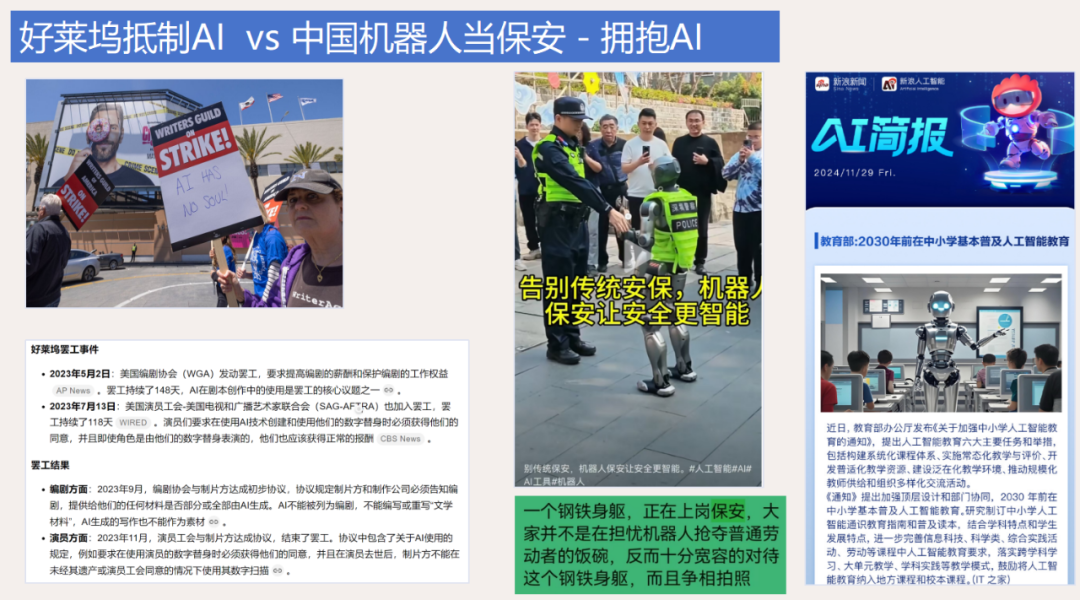
On April 10, 2025, the Guangdong Education Department released the “2+1” plan, which is the artificial intelligence education plan for primary and secondary schools.
In the curriculum for artificial intelligence implementation technology, high school students are required to learn: data collection and annotation, convolutional neural networks, deep neural networks, classification algorithms, clustering algorithms, decision trees, supervised learning, and reinforcement learning, adjusting model parameters to optimize model performance… These technologies are now goals for high school students, which many university students may not even be able to answer.
Elementary school students need to learn: visualization charts, graphical programming platforms, human-computer interaction practices, experiencing key applications of artificial intelligence technologies such as translation, speech recognition and synthesis, intelligent customer service, and creating generative AI works.
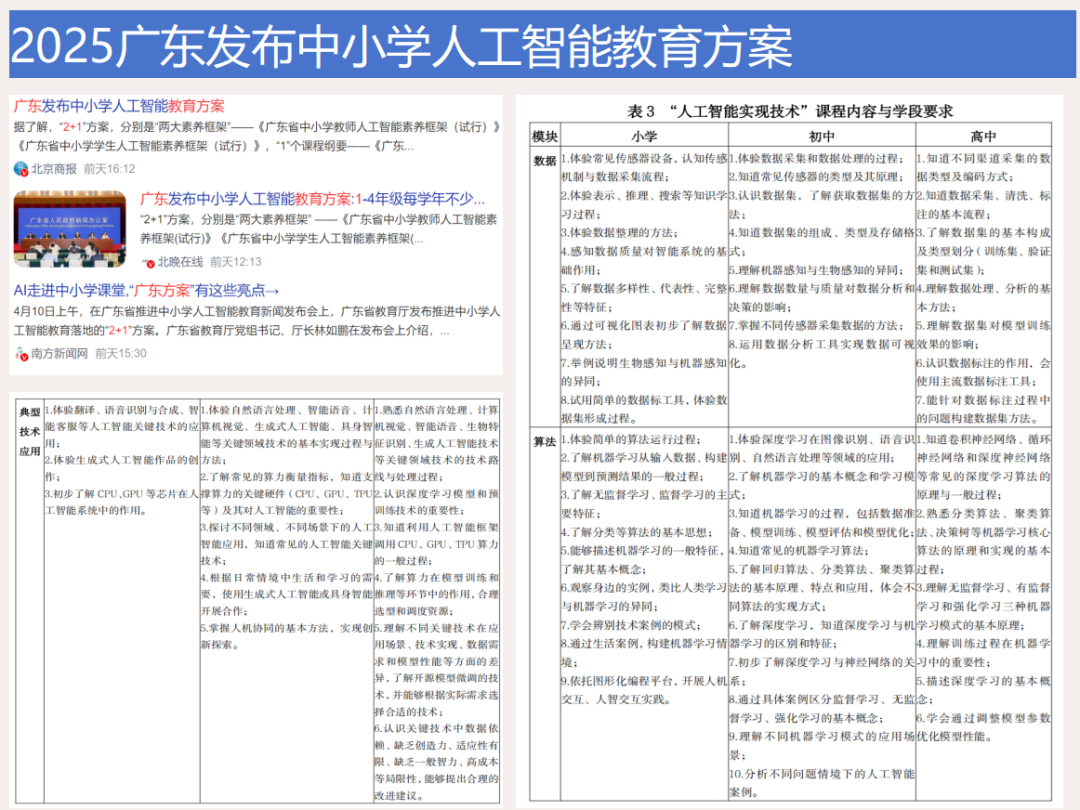
Youth Robotics Level Examination – A Shortcut to the Path of Innovation
The National Youth Robotics Technical Level Examination was initiated by the China Electronics Society in 2015 as a social evaluation project aimed at assessing the robotics technical capabilities of youth.
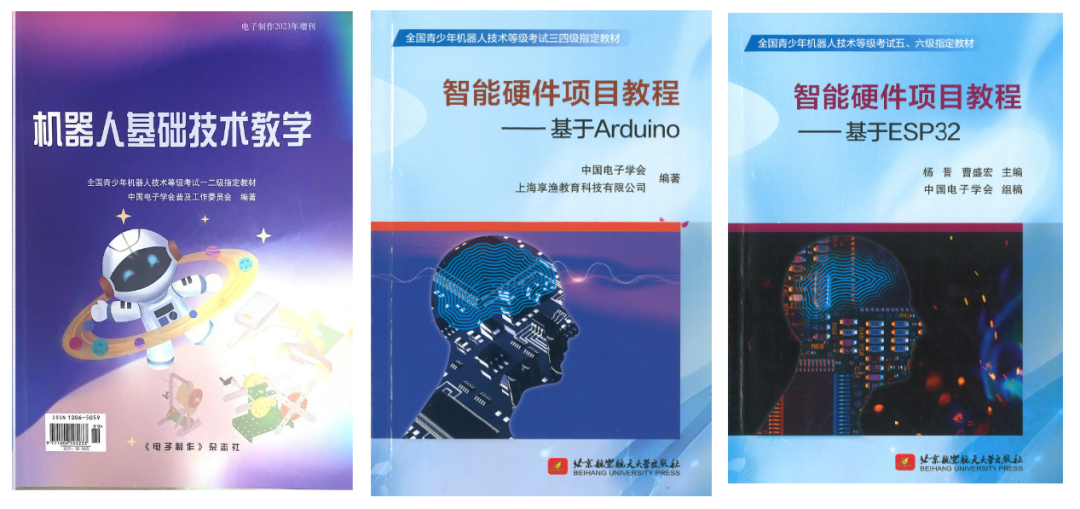
1. Demand for educational reform: The national examination system reform is increasing the emphasis on general technology courses in primary and secondary schools, and the vision for a new generation of information technology courses using robotics as a carrier is becoming richer and clearer.
2. Demand for college admissions: During the college entrance examination process, there are misconceptions between colleges and candidates regarding modern electronic information majors, and there is a lack of a fair and authoritative third-party technology evaluation system to assist both parties in reasonably assessing candidates’ professional levels, interests, and technical specialties, indirectly affecting future studies and development.
3. Current state of social training: Under the trend of utilitarianism in college entrance examinations, social training is mainly focused on remedial classes, lacking in technological activities, and the training system is not systematic and needs improvement.
4. Advantages of the society: The China Electronics Society has a globally recognized national-level robotics professional brand (World Robot Conference – WRC) and undertakes the formulation and publication of relevant group standards for robotics in China with strong academic, technical, expert, and channel resources, serving as an important support unit for China’s engineering education to join the Washington Accord.
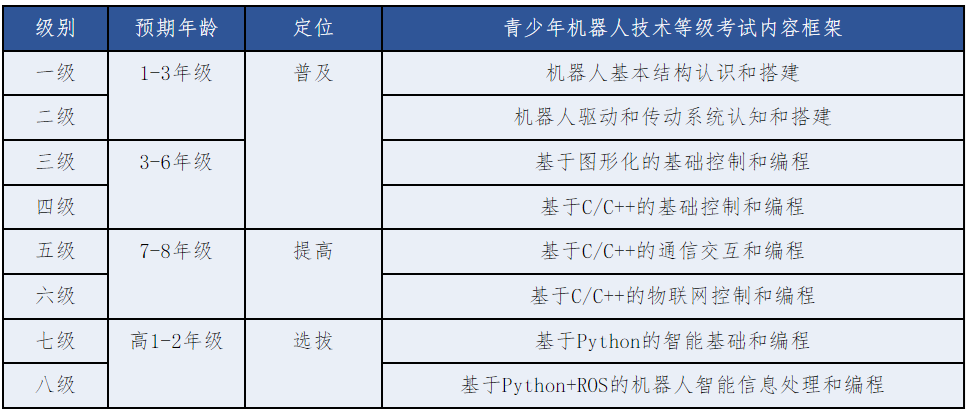
The target audience: youth aged 8-18, from 2nd grade of elementary school to 3rd grade of high school. Target institutions: over 300,000 primary and secondary schools in China, social training institutions for primary and secondary school students, local educational technology centers, youth palaces, and science and technology museums.
The “Youth Robotics Technical Level Examination” organized by the Electronics Society allows youth to start from the basic structure of robots, building, driving, and transmission recognition, then progress to graphical basic control and programming, and finally to C and C++ basic control and programming, truly starting from the actual situation of youth, gradually increasing difficulty, guiding them onto the path of innovation.
MicroBlocks Open Source Technology – The Best Tool for Innovation
MicroBlocks is a graphical programming language inspired by Scratch, designed for physical computing, featuring simplicity and powerful functionality, making it an excellent tool for youth and makers to engage in innovation activities in the era of the Internet of Things. Key features include:
1. Real-time interactive programming: MicroBlocks is a real-time programming environment where users can run code on the mainboard by clicking blocks without waiting for code compilation and download, allowing real-time viewing and plotting of sensor values.
2. Parallel task processing: Supports writing separate scripts for each task and running them simultaneously, making parallel code simpler and easier to understand.
3. Strong hardware compatibility: Can run on various microcontrollers such as micro:bit, ESP32/ESP8266, Raspberry Pi Pico, etc., with scripts being reusable and capable of simulating the 5×5 dot matrix screen of micro:bit on TFT displays.
4. Offline autonomous operation: Once the program is completed, it can run independently without a computer, suitable for creating portable games, fitness applications, or glowing clothing.
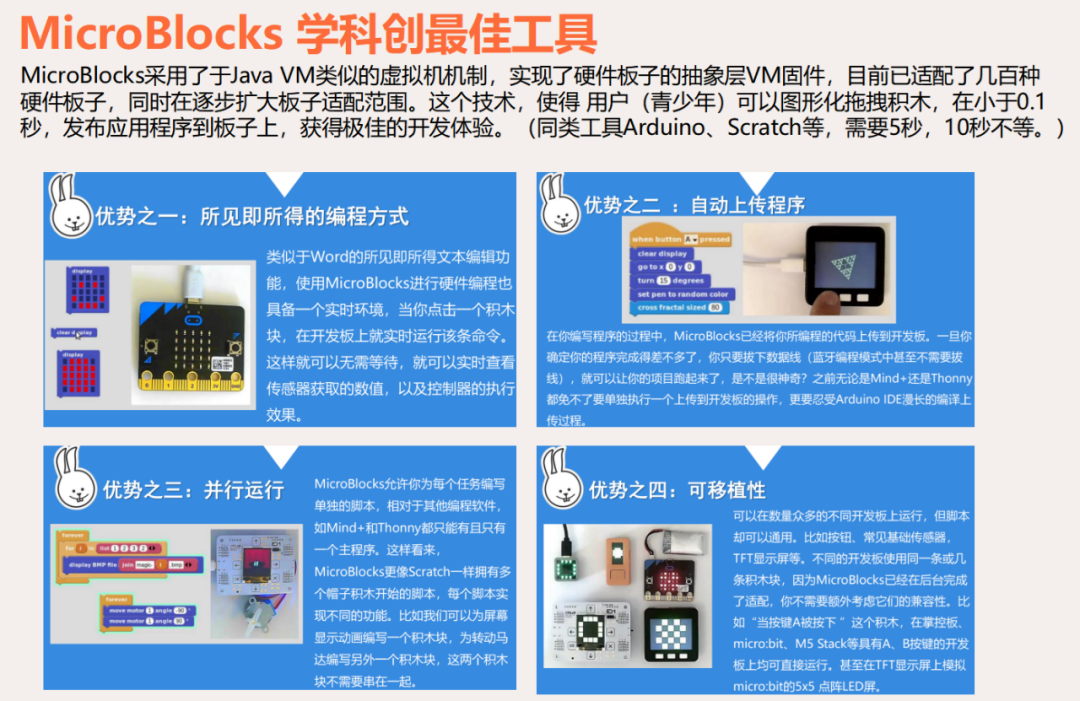
The WeChat Mini Program education platform combined with MicroBlocks can become the best tool for youth innovation projects.
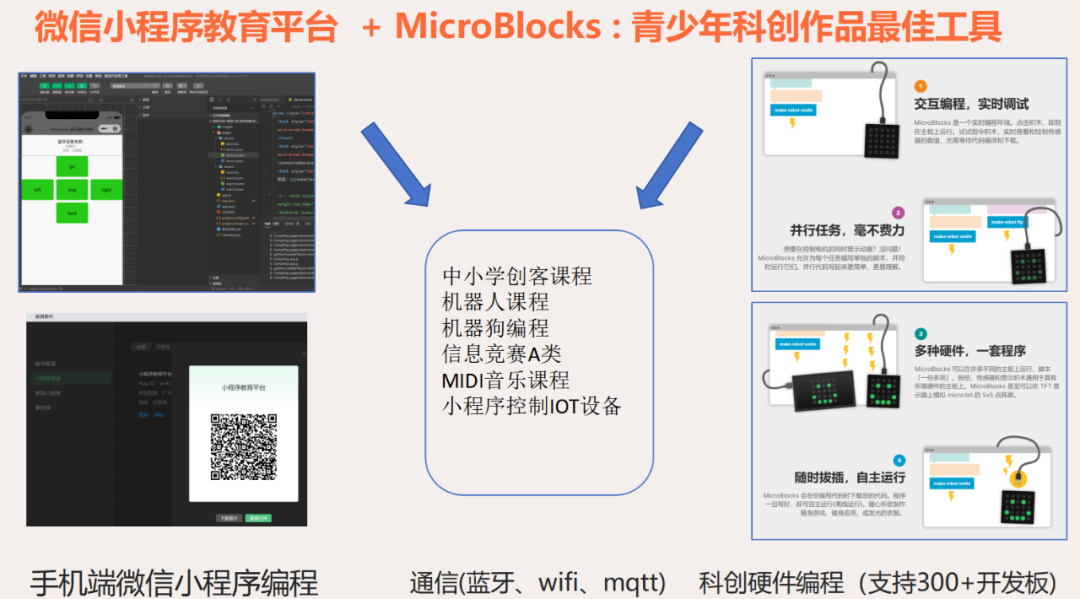
Advantages of the WeChat Mini Program education platform:
1. Powerful functionality: This platform is a project-based artificial intelligence learning practice platform launched for primary and secondary schools, currently equipped with an AI assistant that allows students to quickly get started with mini program development without any programming background.
2. Wide application: Mini programs as innovation tools have been included in authoritative regional competitions in various areas such as Guangdong, Beijing, Shanghai, Chongqing, and Macau.
3. Rich resources: Tencent WeTech Academy, leveraging Tencent’s technology and resources, publicly opens the WeChat Mini Program education platform, providing a one-stop mini program development tool and educational resources, including 200 online courses in technology education, helping youth quickly master mini program development skills.
The advantages of combining the WeChat Mini Program education platform with MicroBlocks:
1. Complementary advantages: The WeChat Mini Program education platform provides rich online educational resources and development tools, while MicroBlocks has strong real-time interaction and hardware compatibility in hardware programming. The combination allows youth to quickly turn their ideas into actual innovation projects while learning mini program development.
2. Stimulating creativity: Through the combination of the WeChat Mini Program education platform and MicroBlocks, youth can more easily realize their ideas, thereby stimulating their creativity and practical abilities.
3. Lowering barriers: The AI assistant of the WeChat Mini Program education platform and the graphical programming interface of MicroBlocks significantly lower the barriers for youth to learn programming, enabling more people to participate in innovation activities.
The “Exploring AI Robotics” workshop will feature dozens of interactive smart hardware projects, utilizing the open-source technology MicroBlocks and the WeChat Mini Program education platform, interacting with children and gradually unfolding the magical journey of “Exploring AI Robotics,” helping children embark on the path of innovation.